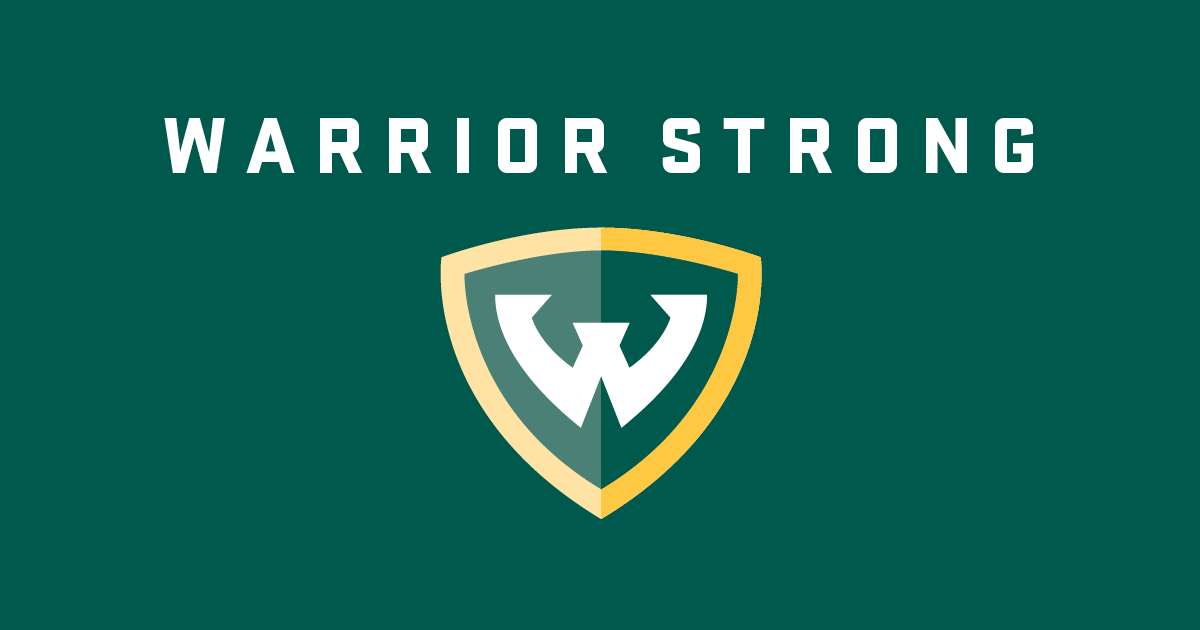Here to add some more data points. Some of these may already be included in earlier posts.
This one is a pretty big decrease: University of Arizona Tucson School of Medicine
2020-21: 8636 Applications
2021-22: 7040 Applications
That's almost a 20% decrease.
Sources:

web.archive.org

medicine.arizona.edu
Another huge decrease: University of Colorado Auschwitz School of Medicine
2020-21: 14106
2021-22: 10891
Over a 20% decrease
Sources:

web.archive.org
The University of Colorado School of Medicine Office of Admissions provides a road map for potential medical students to join our school.

medschool.cuanschutz.edu
A third huge decrease: Wayne State
2020-21: 10282
2021-22: 7047
Over a 30% decrease
Sources:
Through hands-on clinical education in the heart of a rapidly evolving city, the Wayne State University School of Medicine provides a distinct experiential advantage that sets you apart from your peers at other colleges. When you become a Warrior M.D., yo

web.archive.org
Through hands-on clinical education in the heart of a rapidly evolving city, the Wayne State University School of Medicine provides a distinct experiential advantage that sets you apart from your peers at other colleges. When you become a Warrior M.D., yo

www.med.wayne.edu
Moderate decrease here: University of Arizona Phoenix School of Medicine
2020-21: 6691 Applications
2021-22: 6111 Applications
Almost a 10% decrease
Sources:

web.archive.org

phoenixmed.arizona.edu
A less significant change, but another data point: Brody
2020-21: 1209 Applications
2021-22: 1143 Applications
5.5% decrease
Sources:

medicine.ecu.edu

medicine.ecu.edu
Another smaller change: Vanderbilt
2020-21: 7408 Applications
2021-22: 7045 Applications
5% decrease
Sources:
Welcome to MD Admissions

web.archive.org
Explore the MD program at Vanderbilt University School of Medicine with its innovative curriculum, clinical training, and social mission.

medschool.vanderbilt.edu
The Entire Texas System:
2020-21: 11246
2021-22: 10532
6.5% decrease
Source:
Take a look at how Entry Year 2022 compares to other application cycles. All numbers below represent applications started and submitted as of October 1, 2021 and on the same date for each application cycle represented.
www.txhes.com
I would be very very surprised if applications are somehow higher this cycle.
@gonnif do you still think it's likely?






